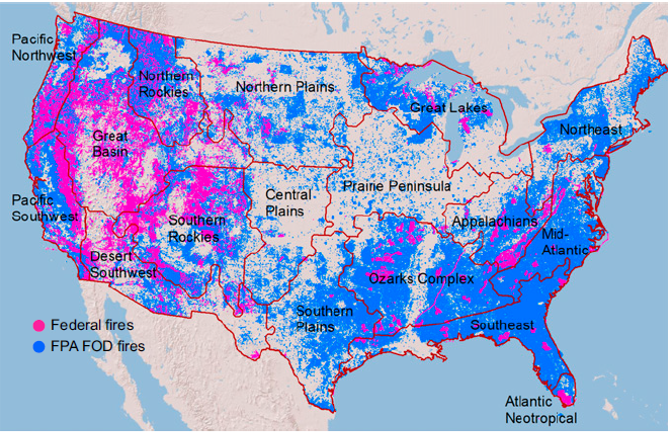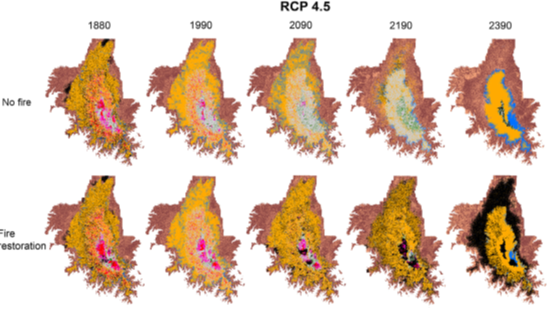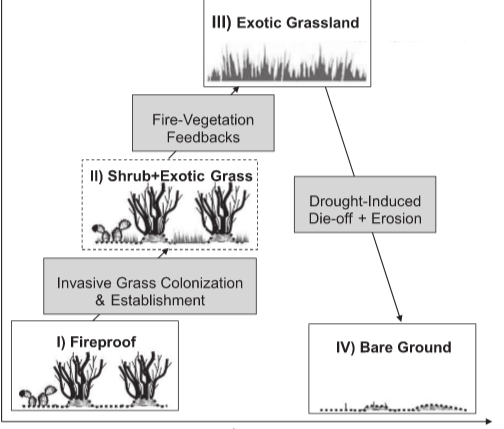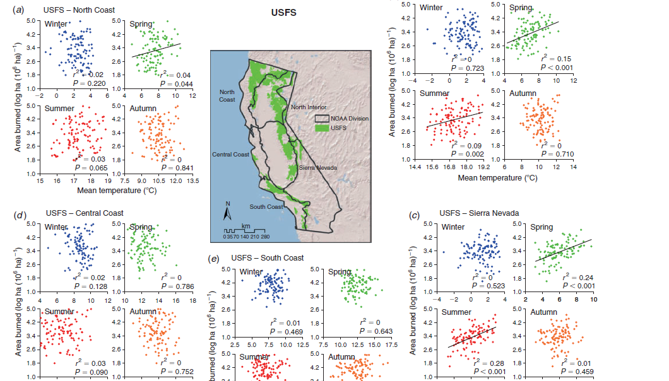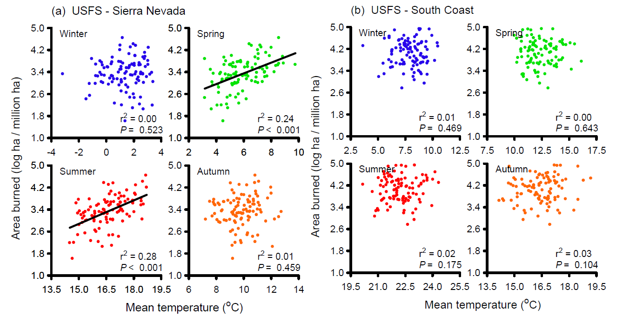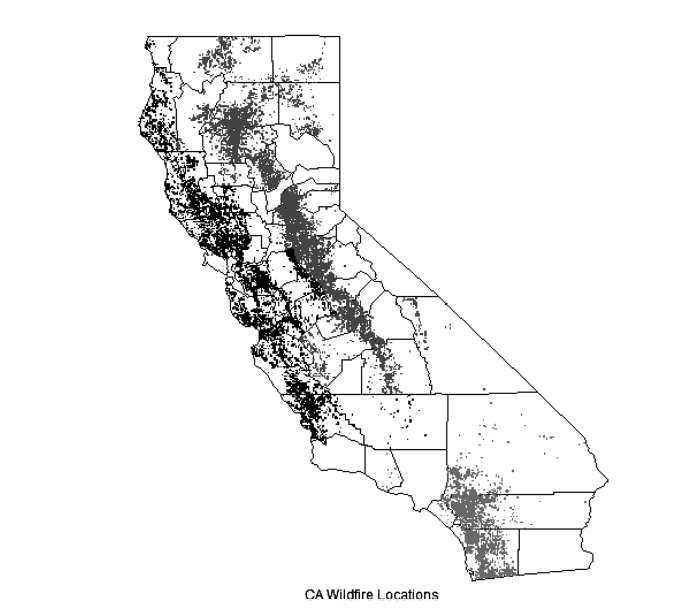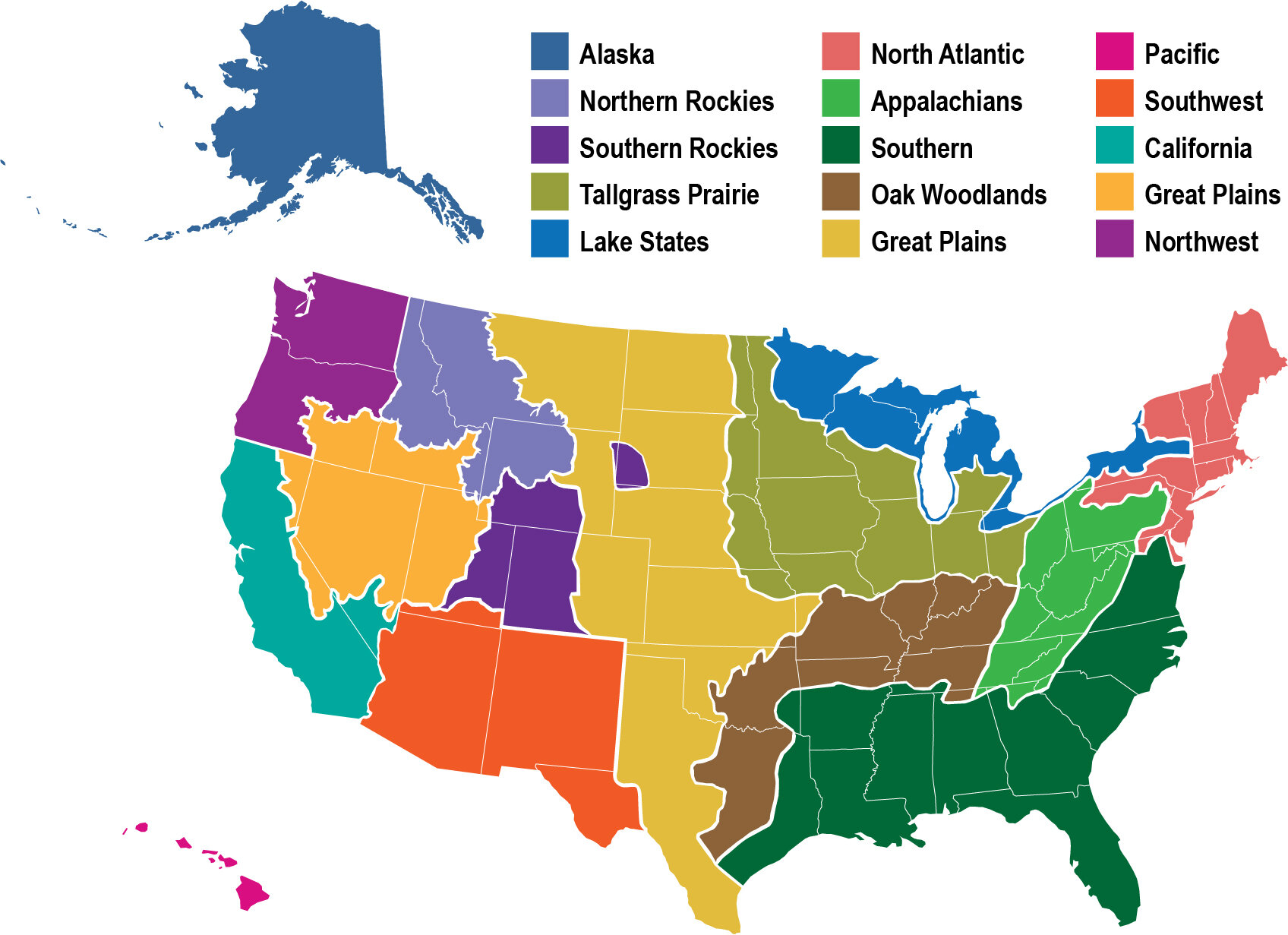Human Presence Diminishes the Importance of Climate in Determining U.S. Fire Activity: Research Brief
/In a study published in the Proceedings of the National Academy of Sciences, researchers with the Conservation Biology Institute and the U.S. Geological Survey showed that, across the U.S. on landscapes dominated by humans, climate has played a relatively small role in determining wildfire activity.
Read More
